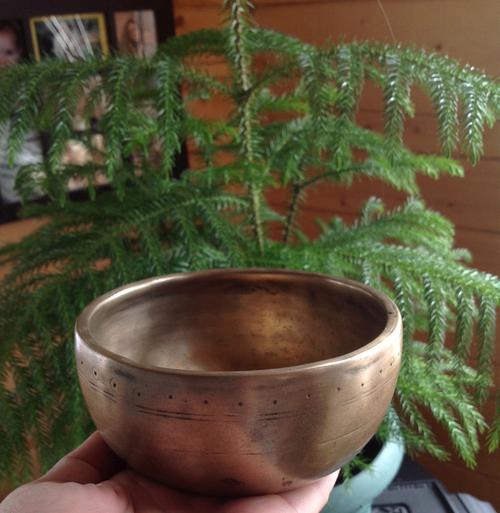History of Singing Bowls
The mystery of the antique Himalayan singing bowl!
Since many of us singing bowl coinsurers will likely never get the opportunity to visit Nepal or Tibet, some of us would have to rely on the Internet in hopes to find out the answers to our questions about these wonderful bowls. As you know, you can't believe everything that is written out there. Fortunately, there are some dedicated people who were quite serious about sorting fact from fiction and simply traveled to Nepal and Tibet to find out themselves. There they lived among the people, sometime for years at a time, to search the origins of the Himalayan singing bowl.

Here is only a smidgen of what they came back with:
Current usages of singing bowls actually mirrors best the fabled historical uses of singing bowls. It is not uncommon to find antique and new bowls being use for sound healing (harmonic therapy) music therapy, religious/ceremonial services, and meditation aids for individuals or groups.